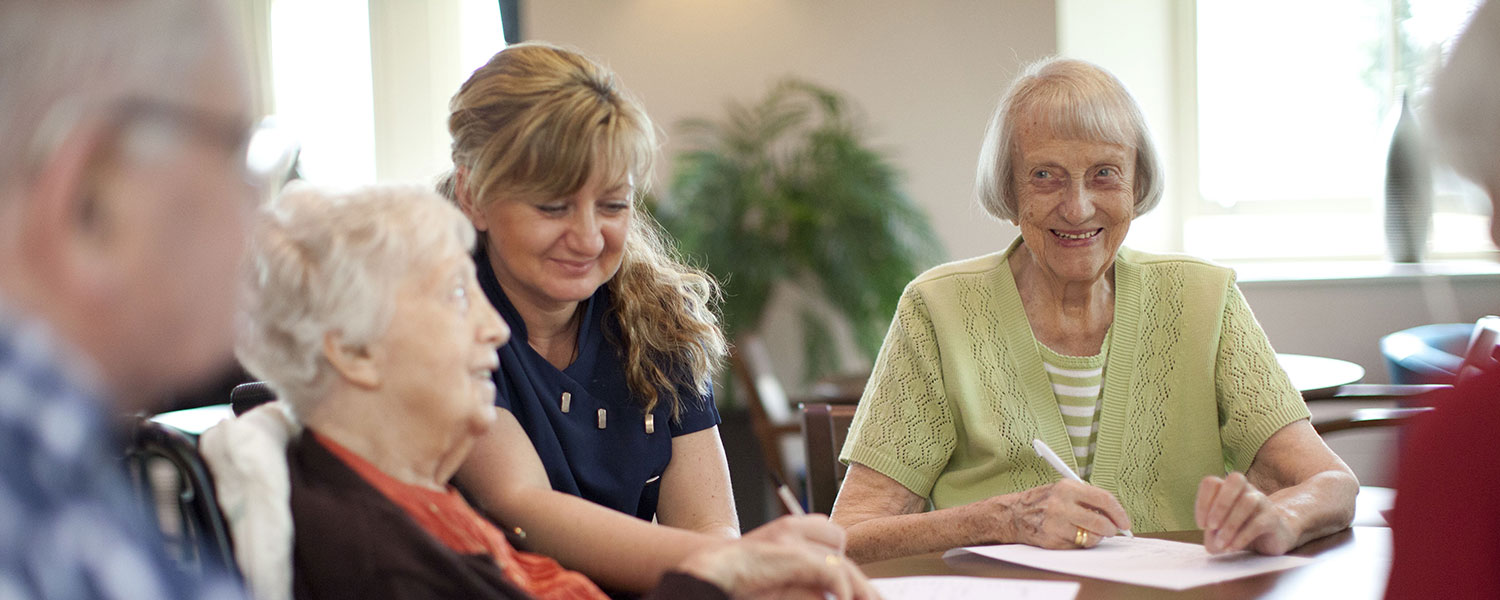What started as a sense of unease about the extent to which care homes are getting the Government help they need is turning rapidly to anger and real alarm. Some 400,000 older people live in care homes in this country and the vast majority are vulnerable by any definition; most have dementia or other forms of cognitive decline, often in combination with serious long term physical health problems like diabetes and heart disease.
Existing problems
Even before the coronavirus crisis hit there were big worries about financial resilience and the capacity to deliver consistently good care across the care home sector. Although care homes are by no means all the same some problems are common to most: difficulty in recruiting and retaining enough good, trained staff being near or at the top of the list, leading to under-staffing and over reliance on expensive agency workers. For those care homes that take any State funded clients there have also been big and growing problems making ends meet while delivering decent quality, since the State is an exceptionally mean paymaster, in apparent denial about just how much this costs.
Meanwhile, we have somehow got ourselves into a position in which care homes are operated for the most part by many small private providers on the one hand, and a number of corporate chains on the other, with the owners of the latter often based abroad and involved in complex financial arrangements, as a result of which it can be hard to see where accountability lies and what priority is really being placed on delivering good care to a highly vulnerable group as opposed to turning a buck.
From bad to worse
Then coronavirus arrived. Given how unwell most care home residents already are and the fact they are clustered together, plus the deficits in the care home workforce, it was always going to be very important to make sure everything reasonable was done and done quickly to help care homes keep the virus out and, if and when it got in, fight it effectively so it infected as few older people and staff as possible.
However, a month or so into this crisis now it is becoming apparent that many care home are struggling: in particular, they can’t get enough Personal Protective Equipment (PPE) to keep staff and residents safe and they can’t get tests to see who has got the virus and who hasn’t. In some cases it seems they are being told that it is their job to provide end of life care for residents who are sadly dying from the virus, without enough back up support from GP and community based palliative care services, and without the possibility of these older people being admitted to hospital.
Where are the funds?
In addition, while local authorities have been given extra funding from central Government to support social care, some care home providers are complaining they are yet to pass it onto them, while meanwhile their costs are rising due to an increased reliance on agency staff due to significant numbers of their usual staff being off sick or self-isolating, plus the rise in the national minimum wage.
That’s not the end of it though: tragically, the need to protect residents led to a ban on families visiting, though recently rescinded in exceptional circumstances such as when someone is dying: however, without there being enough PPE it is hard to see how this can really work. And finally, although it is quite clear that the virus has affected significant numbers of care homes and some residents are sadly dying, we do not know how many because official figures are not being collected.
A let down
In short, it’s a mess and one that means care home residents, their families and staff are all being badly let down. It would not be an exaggeration that some are paying with their lives. Why has this tragedy come about? Probably in part because there is simply not enough PPE and testing period, and what there is has gone to the NHS first, understandably. An additional problem is that the care home sector is so fragmented that delivering any kind of national response is very hard.
In addition, there was seemingly a degree of hesitation over the question of what responsibility the Government actually bears for this sector, given that it is largely privately rather than State owned. Tragically, it seems all too easy for the care home sector to fall between two stools: neither genuinely in the community on the one hand, nor in the NHS on the other. This is not a new problem: for many years for example, some care homes have found it hard to get good GP support for their residents, despite the latter’s obvious vulnerability – something the NHS was in the process of addressing when the virus hit through its ‘Enhanced Care in Care Homes’ initiative. The fact this was even needed though shows up the strategic problem, which is, at heart, attitudinal as well as structural.
Care homes need support
In the short term it is imperative that the Governments acts now to give care homes the practical – testing and PPE – support they and their staff and residents are entitled to expect. In some cases it may be appropriate for residents to stay where they are without being admitted in hospital but this should not be a blanket decision, nor should care homes be left to manage without proper GP and community health service support. Action is needed to ensure the money that is supposed to support care homes actually does reach the front line – and more of it may be needed too. And a system is required to count the numbers who are sadly dying in care homes, to demonstrate they really do matter and to aid planning both now and in future.
Longer term the clear implication is that never again can we leave vulnerable older people, and the workers caring for them, so exposed as they have been to coronavirus. The care home sector – social care more generally – is too fragmented for what is in reality an essential public service on which hundreds of thousands of people depend. The State’s responsibility must be made clear and this and future governments must accept it – but that’s for tomorrow. Today is first and foremost about saving lives.


